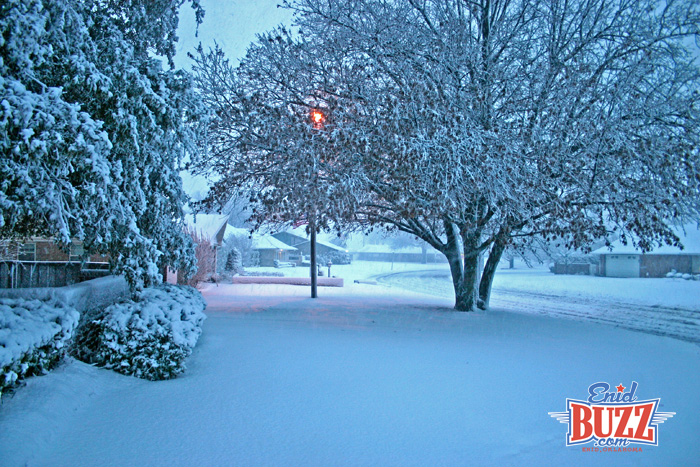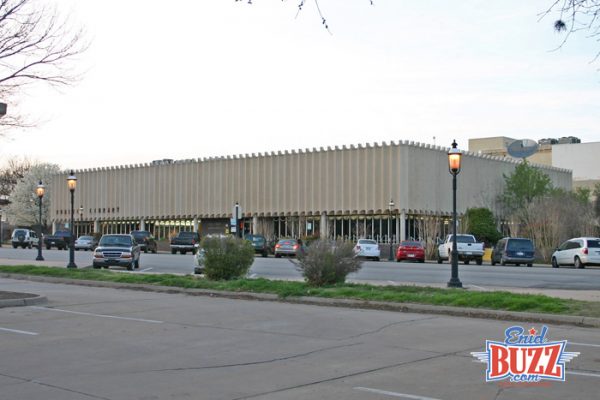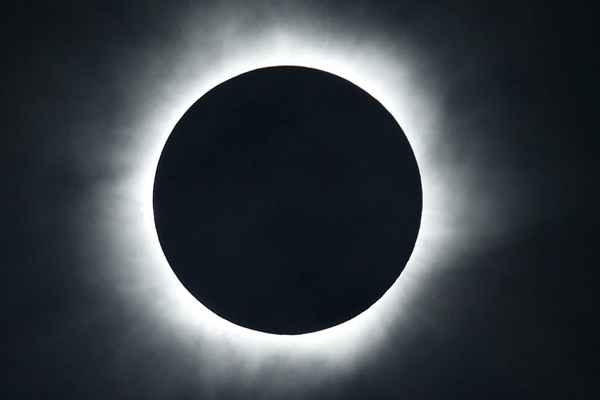ENID, OK - Today is the first day of winter, officially at 9:27pm. One of my favorite days, only because I know the daylight starts to get longer each day after today! As a runner I appreciate a little sunlight in the morning.
Winter solstice is the day with the fewest hours of sunlight during the whole year. In the Northern Hemisphere, it occurs around December 21 or 22. (In the Southern Hemisphere, it is around June 20 or 21.).
The Earth doesn’t orbit the sun directly upright, but rather on its axis at 23-and-a-half degrees. The Earth’s Northern and Southern Hemispheres trade places in receiving the sun’s light and warmth most directly. So as it gets colder in the United States, it's getting warmer on the other side of the globe and they are having summer. The tilt of the Earth is what causes winter and summer not our distance from the sun.
The cold season in Enid lasts from November 25 to February 23 with an average daily high temperature below 54°F. The coldest day of the year is January 11, with an average low of 25°F and high of 44°F.
During winter there is a 33% average chance that precipitation will be observed at some point during a given day. When precipitation does occur it is most often in the form of light snow (24% of days with precipitation have at worst light snow), light rain (22%), drizzle (15%), and moderate snow (14%).
The likelihood of snow falling is highest around January 17, occurring in 19% of days. The season in which it is relatively likely for snow to fall spans from November 18 to March 22.
The median cloud cover ranges from 30% (mostly clear) to 62% (partly cloudy). The sky is cloudiest on May 7 and clearest on September 20. The clearer part of the year begins around June 24. The cloudier part of the year begins around January 5.








